The Evolution of Minecraft: Exploring the Potential of NFT Gaming and Blockchain Integration
Introduction
Minecraft, the iconic sandbox game developed by Mojang Studios, has captivated players of all ages since its release in 2011. With its limitless creativity, expansive worlds, and community-driven gameplay, Minecraft has become a cultural phenomenon, inspiring millions of players worldwide. As the gaming industry continues to evolve, new technologies such as Non-Fungible Tokens (NFTs), blockchain, and cryptocurrency have emerged, offering exciting opportunities for innovation. This article delves into the evolution of Minecraft and explores the potential integration of NFT gaming and blockchain technology into the Minecraft universe.
Early Days: The Birth of Minecraft
Inception of Minecraft
Minecraft began as a passion project by indie developer Markus Persson, also known as Notch, who sought to create a game that would allow players to build and explore virtual worlds without limitations. Released as an alpha version in 2009, Minecraft quickly gained a cult following for its unique blend of exploration, creativity, and survival gameplay. As the game evolved through beta releases and updates, it attracted an ever-growing community of players who embraced its open-ended nature and endless possibilities.
Rise to Prominence
In 2011, Minecraft officially launched, and its popularity soared to unprecedented heights. The game’s simple yet addictive gameplay mechanics, coupled with its charming blocky aesthetic, appealed to players of all ages and backgrounds. Minecraft became a cultural phenomenon, spawning countless fan creations, merchandise, and even educational initiatives. Its success cemented its place as one of the best-selling video games of all time and established Minecraft as a household name in the gaming world.
Expanding Horizons: Growth and Innovation
Introduction of New Features
As Minecraft continued to grow in popularity, Mojang Studios introduced a steady stream of updates and expansions to keep the game fresh and engaging for its player base. These updates introduced new features such as new biomes, creatures, blocks, and gameplay mechanics, expanding the possibilities within the Minecraft universe. Players could embark on epic adventures, build intricate structures, and collaborate with others in shared multiplayer worlds, fostering a vibrant and dynamic community.
Community-Driven Content
One of the key factors in Minecraft’s enduring success is its emphasis on community-driven content. From user-generated mods and custom maps to player-run servers and community events, Minecraft has empowered players to shape their own experiences within the game. The Minecraft community is known for its creativity and ingenuity, constantly pushing the boundaries of what is possible within the game’s sandbox environment. This spirit of collaboration and experimentation has kept Minecraft relevant and engaging for over a decade.
Embracing the Future: Technological Advancements
Exploring NFT Gaming
As the gaming industry evolves, Minecraft has begun to explore the potential of integrating NFT gaming elements into its ecosystem. NFTs offer unique opportunities for players to own and trade digital assets within the game, such as custom skins, textures, and in-game items. The introduction of NFT gaming elements could provide new avenues for player expression and creativity, as well as potential revenue streams for Mojang Studios through transaction fees and royalties.
Blockchain Integration
In addition to NFT gaming, Minecraft has also started to explore the integration of blockchain technology into its infrastructure. Blockchain technology offers increased security, transparency, and decentralization, making it an ideal solution for managing in-game transactions and asset ownership. By leveraging blockchain technology, Mojang Studios can enhance the integrity of in-game economies, prevent fraud, and empower players with greater control over their digital assets. This integration could pave the way for new gameplay mechanics, economic systems, and monetization models within the Minecraft universe.
Community Impact and Future Outlook
Empowering the Community
At the heart of Minecraft’s success is its dedicated and passionate community of players. Minecraft has always been about more than just the game itself; it’s about the connections and experiences shared between players. Whether collaborating on massive building projects, competing in PvP battles, or simply exploring the vast landscapes of Minecraft’s procedurally generated worlds, players have forged friendships and memories that will last a lifetime. The Minecraft community is a testament to the power of creativity, collaboration, and shared experiences in gaming.
Looking Ahead
As Minecraft looks to the future, the possibilities for innovation and growth are endless. With the integration of NFT gaming elements and blockchain technology, Minecraft has the opportunity to redefine the gaming experience once again. By embracing these technologies, Mojang Studios can empower players with greater ownership and control over their digital creations, while fostering a more vibrant and dynamic in-game ecosystem. As Minecraft continues to evolve, it will be exciting to see how these innovations shape the future of the Minecraft universe and further enrich the experiences of players around the world.
Conclusion
In conclusion, Minecraft has left an indelible mark on the gaming world, captivating players with its limitless creativity, expansive worlds, and vibrant community. As the gaming industry evolves, Minecraft is poised to embrace new technologies such as NFT gaming and blockchain integration, offering exciting opportunities for innovation and growth. By staying true to its roots while embracing the future, Minecraft will continue to inspire and delight players for generations to come.

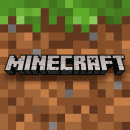


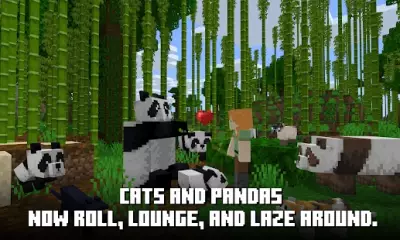
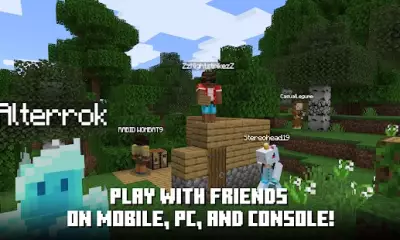
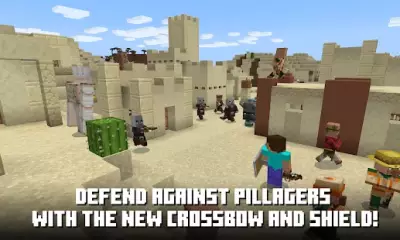
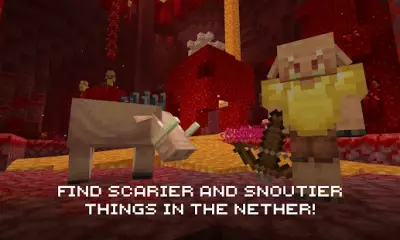
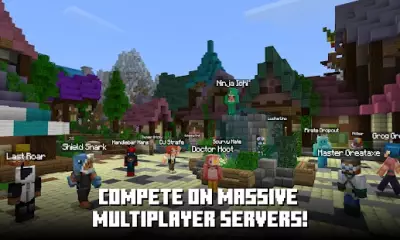


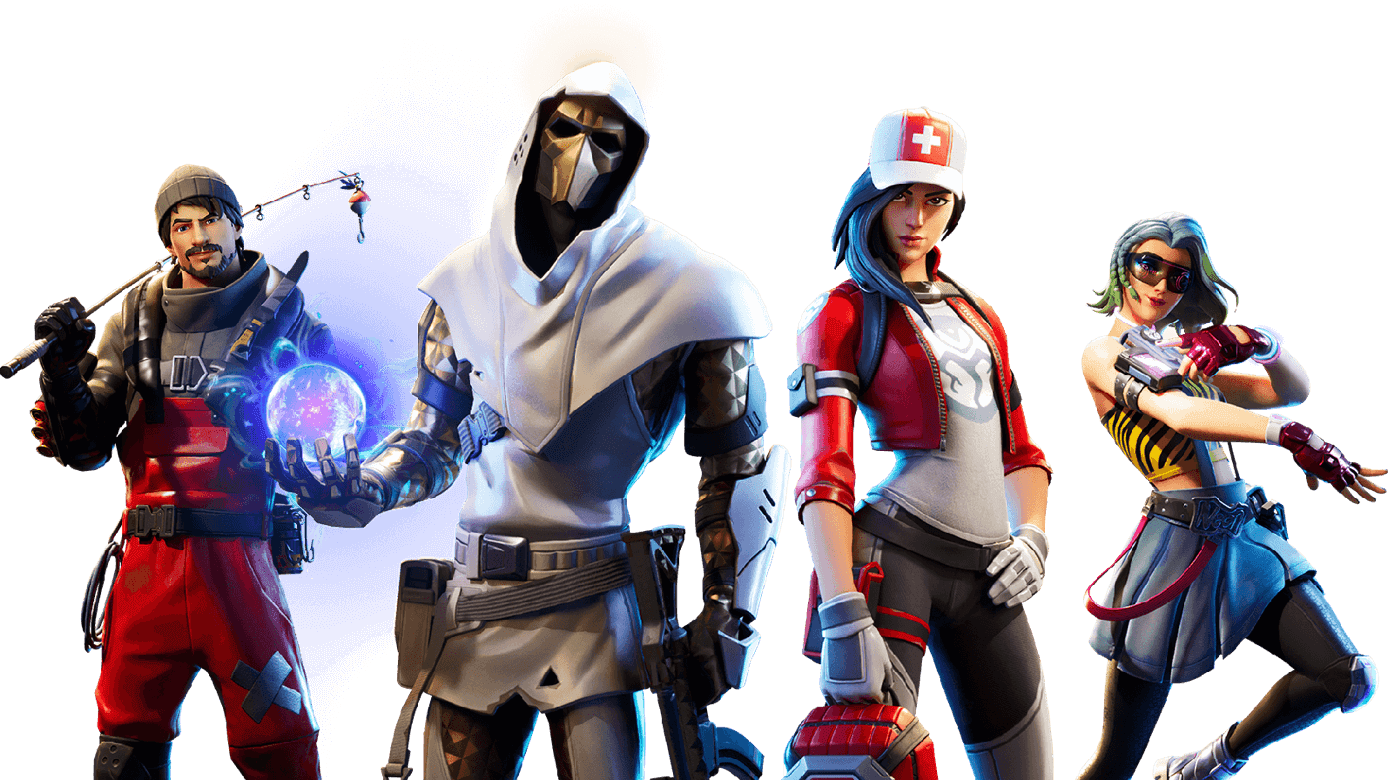
Comment: “-”